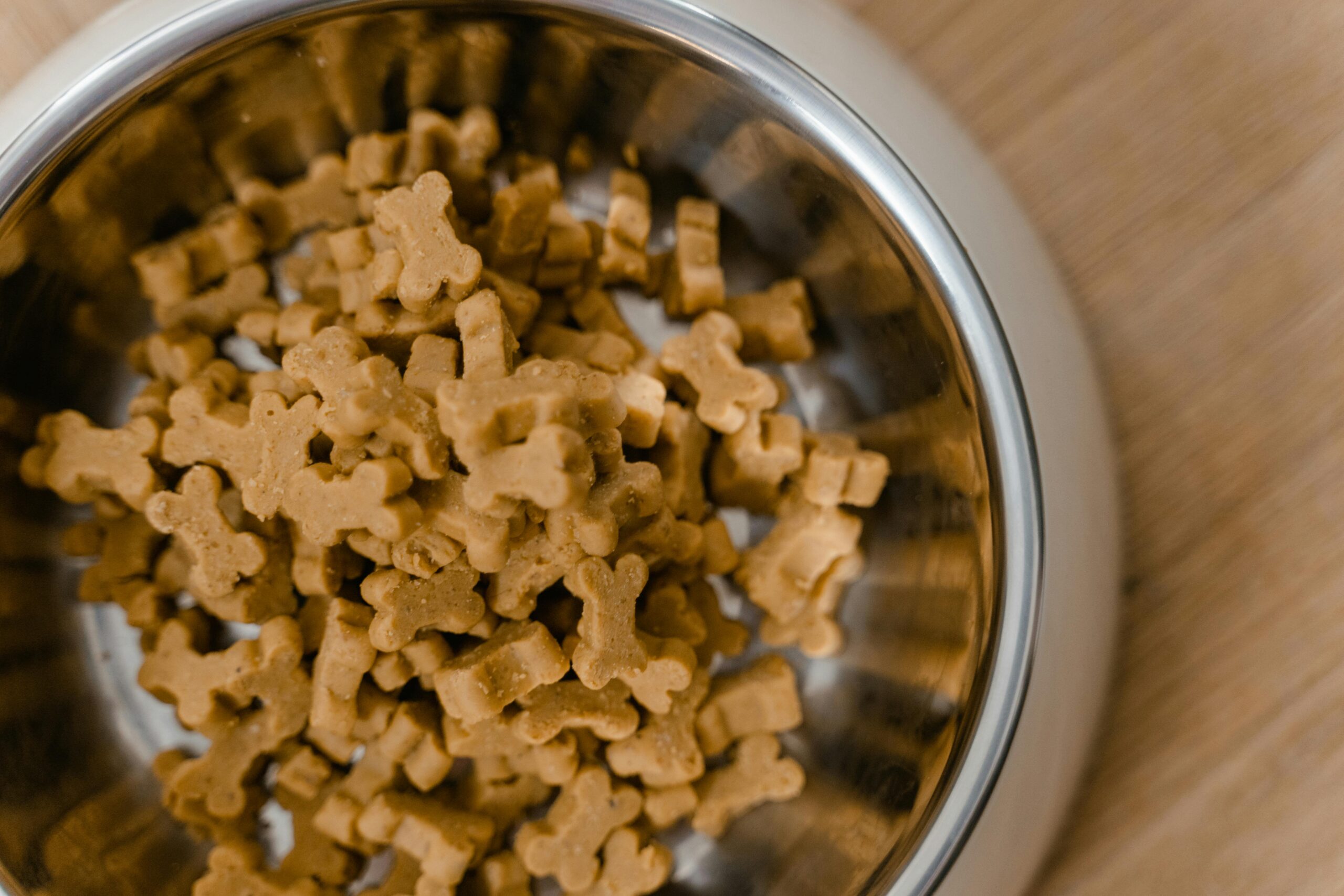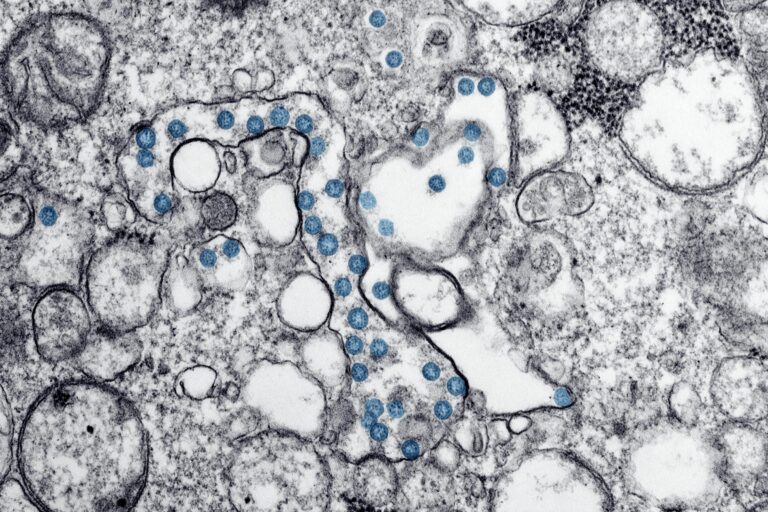
The gold standard for diagnosis is a veterinary-guided elimination diet—and doing it right is critical.
If your pet has chronic itching, recurring ear infections, or unexplained digestive issues, there’s a good chance food could be part of the problem. But identifying a food allergy isn’t as simple as switching to “grain-free” or trying a new brand. The gold standard for diagnosis is a veterinary-guided elimination diet—and doing it right is critical.
This article breaks down exactly how to start and successfully complete an elimination diet, giving your pet the best chance at relief.
🧪 What Is an Elimination Diet?
An elimination diet involves feeding your pet a simplified, hypoallergenic food (either a novel protein or hydrolyzed protein diet) for 8–12 weeks—completely eliminating all other foods, treats, and flavorings. This helps determine whether your pet’s symptoms are food-related.
If symptoms improve on the new diet and then return when the old food is reintroduced, your pet likely has a food allergy.
🐾 Step-by-Step: How to Run an Elimination Diet
Step 1: Talk to Your Veterinarian
Don’t go it alone. Your vet can:
- Recommend appropriate diets (prescription or well-formulated novel protein)
- Rule out other causes like parasites or infections
- Provide guidance on allergy testing and symptom monitoring
💡 Tip: Ask about hydrolyzed diets (proteins broken into pieces too small to trigger immune reactions) vs. novel protein diets (like rabbit, duck, venison, kangaroo).
Step 2: Choose a Truly Limited Diet
Your elimination diet should contain:
- One protein source your pet has never eaten (e.g., rabbit, duck, or kangaroo)
- One carbohydrate source (e.g., sweet potato, pea, or rice)
- No additional proteins, artificial additives, or hidden flavorings
🛒 Consider:
- Prescription diets: Royal Canin Hydrolyzed, Hill’s z/d, Purina HA
- Home-cooked: Prepared with guidance from your vet or veterinary nutritionist
🚫 Avoid pet foods labeled “limited ingredient” without vet review—many still contain trace proteins or cross-contaminants.
Step 3: Eliminate All Other Foods
For 8–12 weeks:
- Feed only the elimination diet (no treats, table scraps, flavored meds, or chews)
- Check labels on supplements or preventives (use unflavored options)
- Use clean, separate bowls if you have multiple pets
Even one flavored treat can reset the trial period.
Step 4: Monitor Symptoms Closely
Track your pet’s:
- Scratching, licking, or skin condition
- Ear discharge or odor
- Bowel movements, vomiting, gas
- Appetite, energy, and mood
📝 Use a daily log to note symptom changes (we’ll offer a printable tracker soon).
Step 5: Reintroduce the Old Food (Challenge Phase)
If your pet improves after 8–12 weeks on the elimination diet, the next step is reintroducing their original food for 1–2 weeks:
- If symptoms return within days, the diagnosis is confirmed
- If there’s no change, other factors (like environmental allergies) may be at play
This challenge phase is essential to confirm the food allergy—do not skip it.
🐶 What If You Have Multiple Pets?
Keep the allergic pet’s food separate and feed them in a different room. Prevent food sharing or licking each other’s bowls to avoid cross-contamination.
⏳ How Long Does It Take to See Improvement?
- Skin symptoms: May take 4–8 weeks to fade
- GI symptoms: Often improve within 2–3 weeks
- Ear infections: Require treatment, but recurrence should stop during trial
🔁 Stick with the elimination diet for the full trial period—even if symptoms improve early.
🚩 Common Mistakes to Avoid
- Sneaking a treat or flavored dental chew
- Using over-the-counter “hypoallergenic” diets with unclear sourcing
- Not reintroducing old food to confirm diagnosis
- Quitting early due to slow improvement
✅ Summary: Elimination Diet Checklist
| Task | Done? |
|---|---|
| Vet consultation & diagnosis | |
| Selected a novel/hydrolyzed diet | |
| Removed all treats, scraps, flavored meds | |
| Kept daily log of symptoms | |
| Completed 8–12 weeks strictly | |
| Reintroduced old food to confirm allergy |
🎯 Final Thoughts
An elimination diet isn’t easy—but it’s the most reliable way to identify a food allergy and bring long-term relief to your pet. Done right, it can spare your pet from years of itching, infections, and gut issues.


